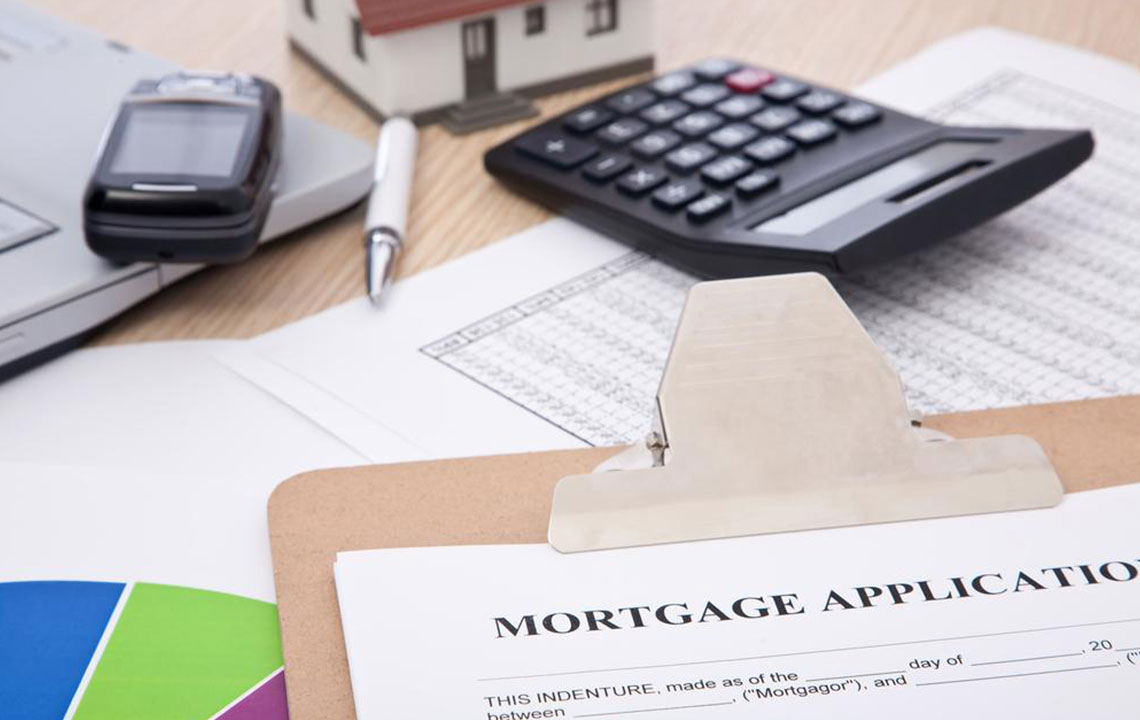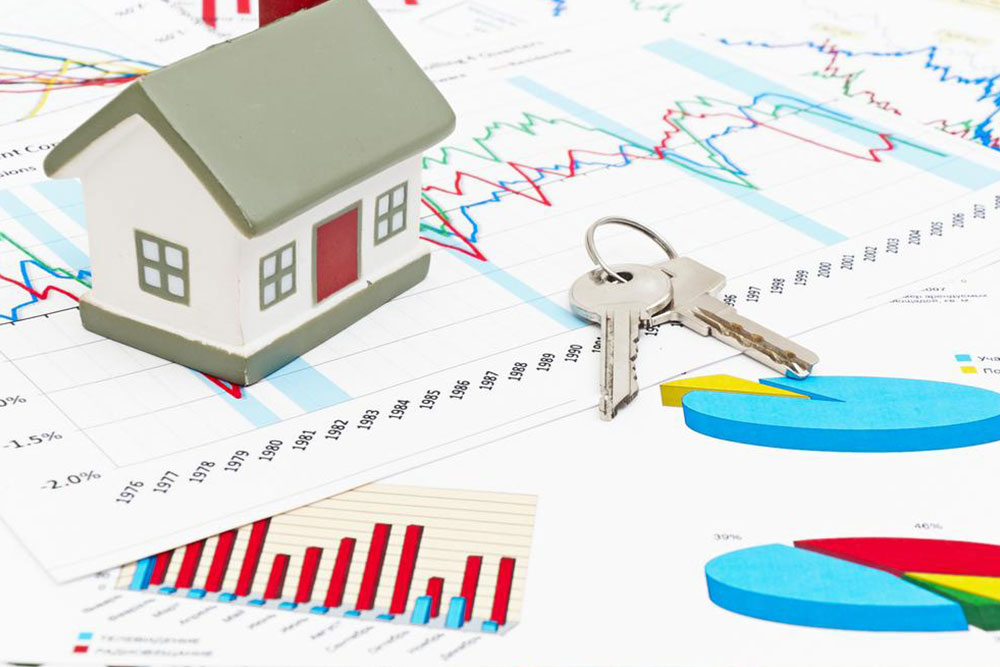Ultimate Guide to Home Equity Lines of Credit (HELOCs): Benefits, Risks, and How to Use Them Wisely
This comprehensive guide explores Home Equity Lines of Credit (HELOCs), detailing their benefits, risks, and best use cases. Learn how HELOCs leverage your home’s equity for flexible borrowing, ideal for renovations, debt consolidation, or large expenses. Understand the importance of careful management of interest rate fluctuations and market risks. Get expert insights on choosing the right HELOC and maximizing its advantages while minimizing potential pitfalls, empowering you to make informed financial decisions and optimize your home’s equity efficiently.

Comprehensive Overview of Home Equity Lines of Credit (HELOCs)
Homeowners, whether new or seasoned, often find themselves exploring different financing options to fund major expenses or leverage their property's value effectively. Among these options, the Home Equity Line of Credit, commonly referred to as HELOC, stands out due to its flexibility and accessibility. Despite its popularity, many borrowers lack a thorough understanding of how HELOCs work, their benefits, potential risks, and optimal ways to utilize them.
What is a HELOC?
A HELOC, pronounced “he-lock,” is a type of revolving credit secured against your home’s equity. It allows homeowners to borrow funds up to a certain limit, based on the value of their property minus any existing mortgage balance. The defining feature of a HELOC is its revolving nature, meaning you can draw, repay, and draw again, making it a versatile financial tool for various needs.
Envision a HELOC as an extension of your credit card, but secured by your home. It functions similarly by giving you access to a line of credit that you can tap into whenever necessary. As your home appreciates in value or as you make mortgage payments that reduce your debt, your available credit increases, offering you the flexibility to borrow more when needed. However, unlike a traditional loan with fixed payments and a lump sum, a HELOC provides ongoing access to funds, suited for ongoing or fluctuating expenses.
To better understand its application, consider a typical scenario: Suppose your home is valued at $500,000, with an outstanding mortgage of $200,000. If your lender allows you to borrow up to 80% of your home’s equity, your maximum borrowing limit via HELOC would be approximately $200,000. This calculation takes 80% of your home’s value—$400,000 (80% of $500,000)—minus your current mortgage debt. It’s essential to note that the actual credit limit can vary based on lender policies, creditworthiness, and regional regulations.
One critical aspect of HELOCs is their variable interest rates, which tend to follow indices such as the prime rate or LIBOR, causing fluctuations in your payments over time. During the initial draw period—which typically lasts between 5 to 10 years—you may be allowed to borrow, repay, and borrow again with interest-only payments, providing considerable cash flow flexibility. After this period ends, the repayment phase begins, often lasting up to 20 years, where both principal and interest are due, making payments higher but helping you fully settle your debt.
When Should Homeowners Consider a HELOC?
HELOCs are incredibly useful for funding a range of major financial needs. Homeowners often turn to them for home improvements, repairs, or renovations that increase the property’s value or improve living conditions. For instance, remodeling kitchens or bathrooms, adding a new room, or installing energy-efficient systems are common reasons to tap into a HELOC. These enhancements not only elevate the home's value but can also make your living environment more comfortable.
Beyond home improvements, HELOC funds can be utilized for significant life events or expenses. Many use this line of credit to finance higher education costs, such as college tuition, due to its relatively flexible structure. Debt consolidation is another popular use, allowing homeowners to pay off high-interest credit cards or personal loans, thus reducing overall interest costs and simplifying finances. Additionally, a HELOC can cover large purchases like buying a vehicle, funding a vacation, or addressing unforeseen expenses, providing a financial buffer when cash flow is tight.
It’s worth noting that while HELOCs can be used for various purposes, some uses do not increase your home's equity—such as paying off personal debts or funding leisure activities. Furthermore, interest paid on a HELOC may be tax-deductible if the funds are used for qualified purposes, such as home improvements, which can provide additional financial benefits. Consulting a tax professional is advisable to maximize potential tax deductions.
Advantages of Using a HELOC
Flexibility: With a HELOC, borrowers can draw funds as needed, repay, and borrow again, similar to a credit card but secured by your home.
Cost-effectiveness: Typically, initial costs are low, sometimes under $1,000, and certain lenders may waive these fees. The ability to borrow only what you need minimizes unnecessary interest expenses.
Potential for Conversion: Some HELOCs offer options to convert variable-rate balances into fixed-rate loans, offering payment stability for large or long-term expenses.
Tax Benefits: In specific circumstances, interest paid on a HELOC used for qualified purposes may be tax-deductible, providing financial savings.
Opportunity for Home Improvements: Enhancing your property can increase its market value, creating a positive equity cycle.
Risks and Considerations When Choosing a HELOC
Interest Rate Fluctuations: Since HELOCs have variable rates, your monthly payments can increase unexpectedly when market rates rise, affecting your budgeting and financial planning.
Market Rate Volatility: Although some believe prime rates are relatively stable, history shows significant rate swings, which can dramatically impact borrowing costs.
Absence of Rate Caps: Unlike some adjustable-rate mortgages (ARMs), many HELOCs do not have caps on how high interest rates can go, with maximum rates potentially reaching 18% in certain regions. This poses a risk that payments could become unaffordable during periods of high rate increases.
Risk of Overborrowing: Easy access to credit might tempt borrowers to overextend financially. Careful planning and disciplined borrowing are essential.
Equity Risks: Using your home as collateral means that failure to repay could lead to foreclosure, emphasizing the importance of responsible borrowing.
ConclusionHome Equity Lines of Credit are powerful financial tools when used responsibly. They offer flexibility, potential tax benefits, and the ability to access funds for a broad range of needs. However, they also carry risks associated with fluctuating interest rates and market volatility. Homeowners should evaluate their financial situation carefully, considering long-term repayment capabilities and other alternatives before tapping into their home equity. Consulting with financial advisors or mortgage professionals can help ensure that a HELOC aligns with your overall financial strategy, enabling you to make informed decisions that benefit your financial well-being.





